Trump’s Foreign Policy Vision Promises Bold Realignments and Global Shifts
November 17, 2024 at 8:00 PM
4 minutes read

As President-elect Donald Trump prepares to enter the White House for his second term, his foreign policy approach is drawing both anticipation and concern from allies and adversaries around the world. Trump has made it clear that his administration intends to implement a bold and pragmatic strategy that prioritizes U.S. interests, challenges traditional alliances, and redefines America's role on the global stage.
During his campaign, Trump emphasized recalibrating America’s relationships with its closest allies. He has called for NATO countries to contribute more toward their own defense, reiterating a long-standing critique of the alliance’s reliance on U.S. military resources. “We’re paying for everyone else’s security, and it’s time they step up,” Trump said during a rally earlier this year. This transactional approach to partnerships is expected to extend to other alliances, including those in the Indo-Pacific, where tensions with China remain high.
Trump’s foreign policy also includes plans to renegotiate international trade agreements, aiming to secure terms he believes are fairer for American workers. He has vowed to push back against what he calls “unfair practices” by nations like China, promising a tougher stance on trade imbalances and intellectual property theft. Trump has also hinted at the possibility of reducing military commitments in certain regions, stating that “America’s military should focus on protecting our homeland first.”
A Shift in U.S.-China Relations
Trump’s relationship with China is poised to undergo significant changes during his second term. On the campaign trail, he repeatedly criticized Beijing for its trade practices and influence over global markets. Trump has proposed new tariffs on Chinese goods and hinted at measures aimed at reducing U.S. reliance on Chinese manufacturing. He has also suggested leveraging America’s alliances in the Indo-Pacific to counterbalance China’s growing influence in the region.At the same time, Trump has signaled a willingness to explore “pragmatic cooperation” with China on issues such as climate change and global health, provided such agreements benefit American interests. This dual approach underscores the complexity of the U.S.-China relationship, which is likely to remain one of the defining challenges of Trump’s foreign policy.
Realignment with Russia
Another cornerstone of Trump’s foreign policy vision involves recalibrating ties with Russia. He has expressed an interest in pursuing a more cooperative relationship with Moscow, emphasizing shared goals such as combating terrorism and limiting nuclear proliferation. However, critics worry that Trump’s approach could embolden Russia’s aggressive actions in Eastern Europe and the Middle East.Analysts also point to the challenges Trump faces in navigating bipartisan skepticism of Russia within Congress. While Trump has downplayed allegations of Russian interference in U.S. elections, his administration will need to address ongoing concerns about cybersecurity and election security.
Middle East and Beyond
In the Middle East, Trump has promised to take a hardline approach to counterterrorism while reassessing America’s role in long-standing conflicts. He has hinted at reducing military presence in certain regions while simultaneously doubling down on efforts to secure peace deals, akin to the Abraham Accords brokered during his first term. However, critics argue that withdrawing troops could destabilize key regions and diminish America’s influence.Trump’s controversial pick of former Arkansas Governor Mike Huckabee as U.S. Ambassador to Israel signals a shift in the country’s Middle East policy. Huckabee, known for his staunch support of Israel, is expected to align closely with Trump’s pro-Israel stance, potentially complicating efforts toward a two-state solution.
Domestic Changes to Foreign Policy Operations
Domestically, Trump plans to overhaul the State Department and intelligence community, prioritizing loyalty and alignment with his administration’s goals. Reports suggest that Trump is considering an executive order to restructure certain intelligence agencies, sparking concerns about the politicization of critical institutions. Former officials warn that these changes could undermine the effectiveness of U.S. foreign policy and create friction with international allies.Challenges and Opportunities Ahead
While Trump’s foreign policy vision has excited his supporters, it also raises significant questions about America’s role in the world. Critics worry that his transactional approach to alliances could alienate key partners and erode trust in American leadership. Others argue that Trump’s focus on reducing U.S. involvement in global conflicts could leave power vacuums that adversaries like China and Russia may exploit.Supporters, however, see Trump’s strategy as a necessary correction to decades of overreach in U.S. foreign policy. They believe his bold, America-first approach will restore economic strength, secure national interests, and position the country as a leading power in a multipolar world.
As Trump prepares to take office, the world watches closely to see how his promises translate into action. His decisions in the coming months will shape not only America’s global standing but also the future of international relations in an increasingly complex and divided world.
Up next
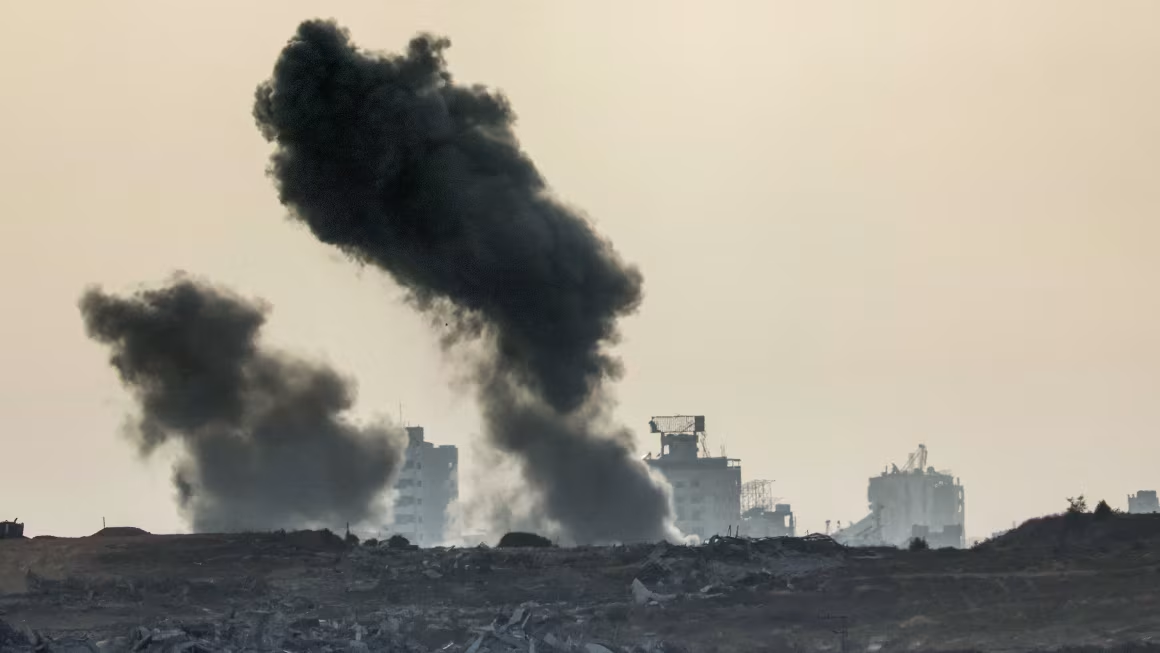
Trump Announces Israel’s Agreement to 60‑Day Gaza Ceasefire, Challenges Hamas to Sign On
July 2, 2025
4 minutes read
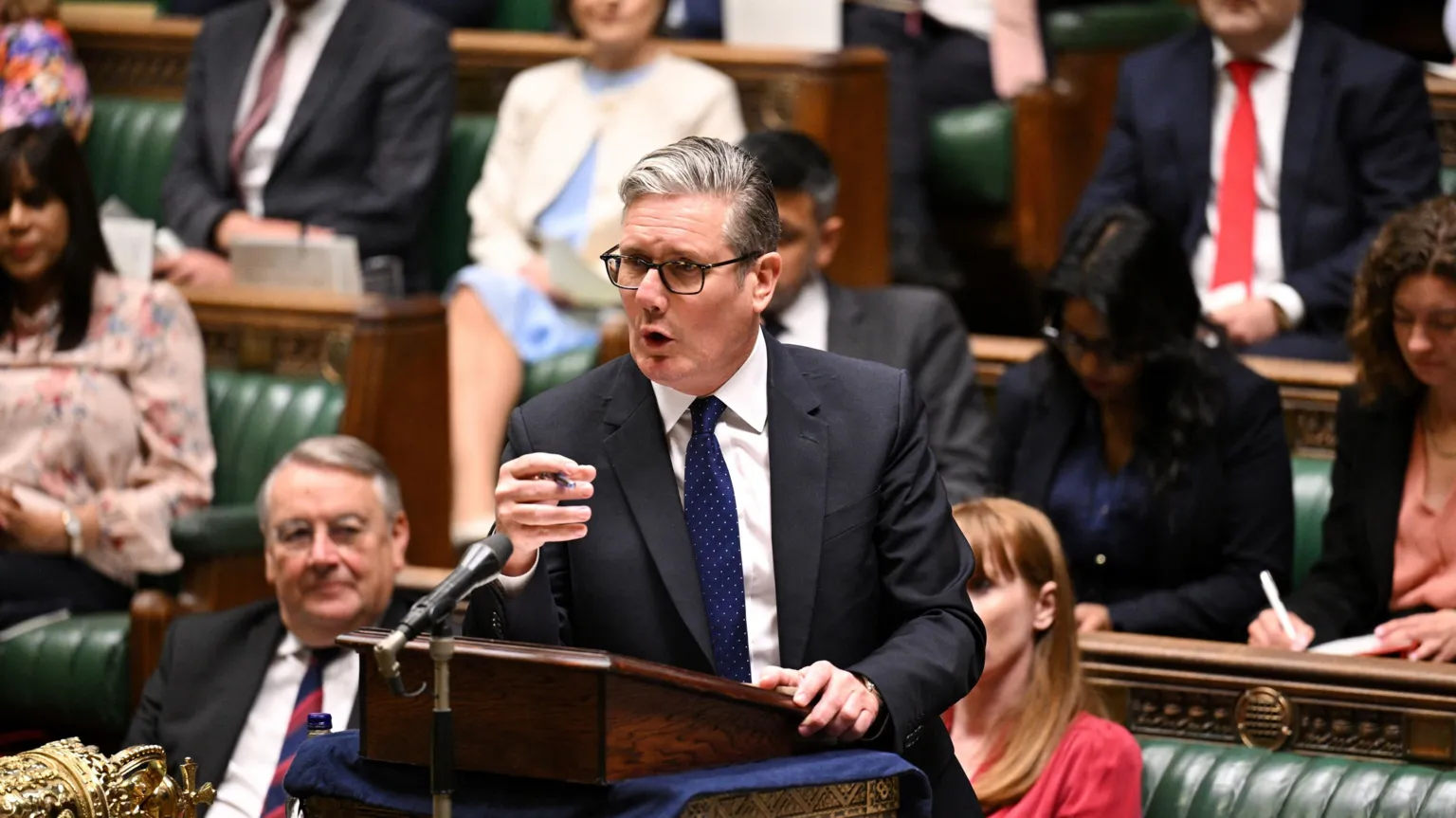
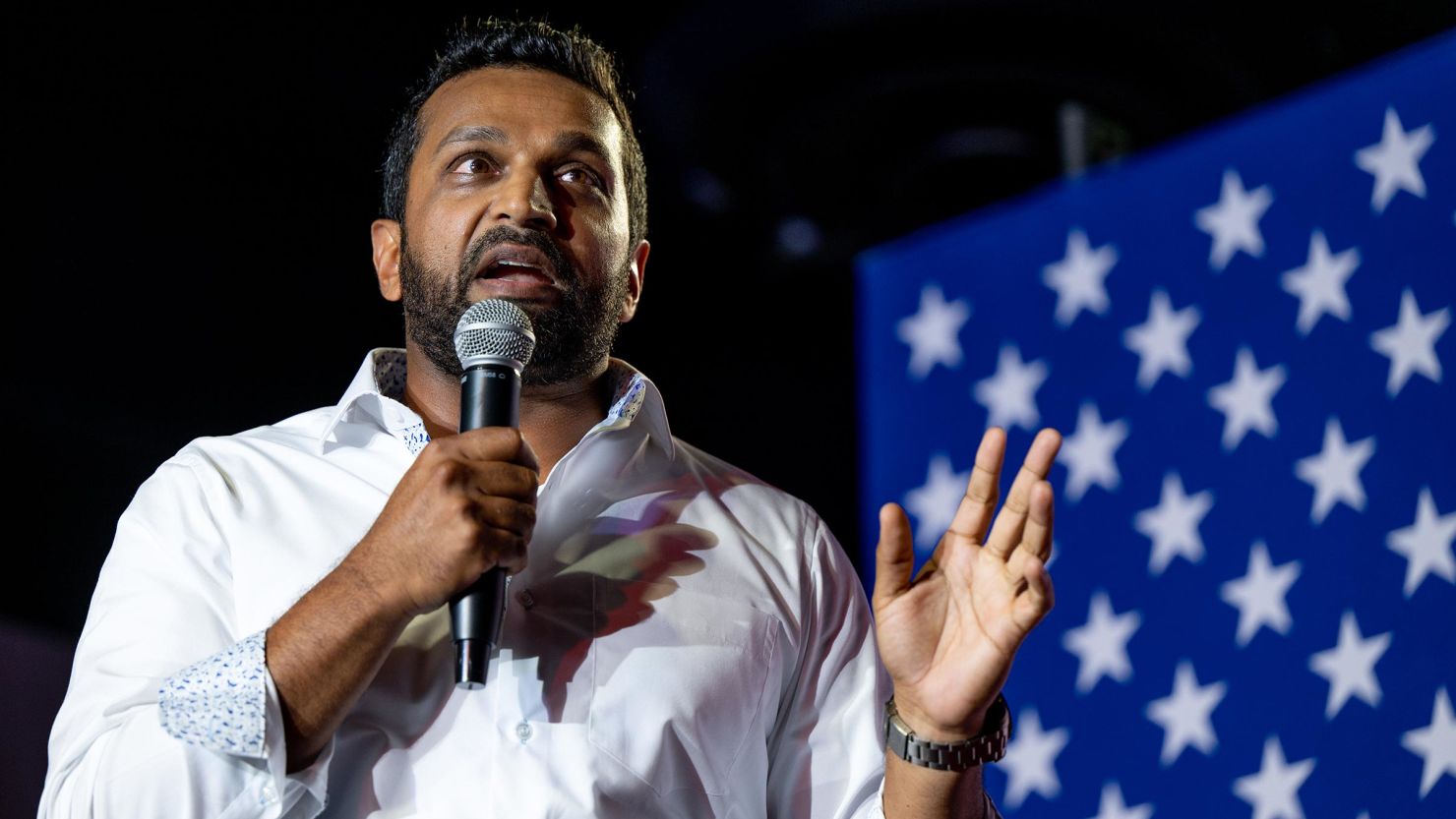
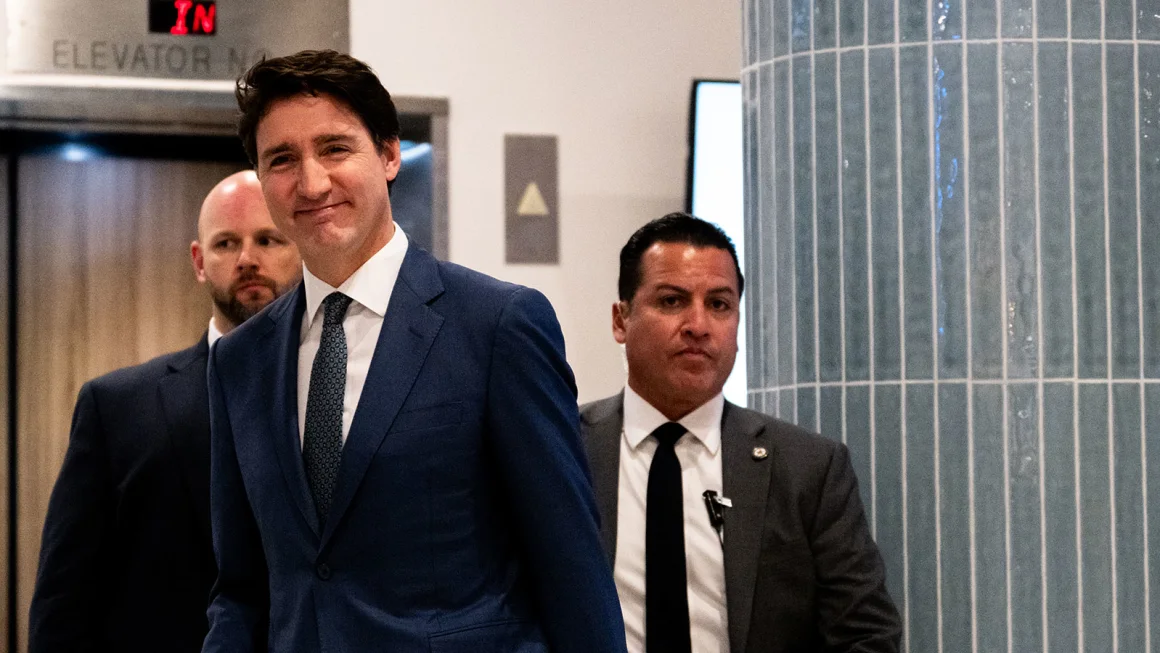
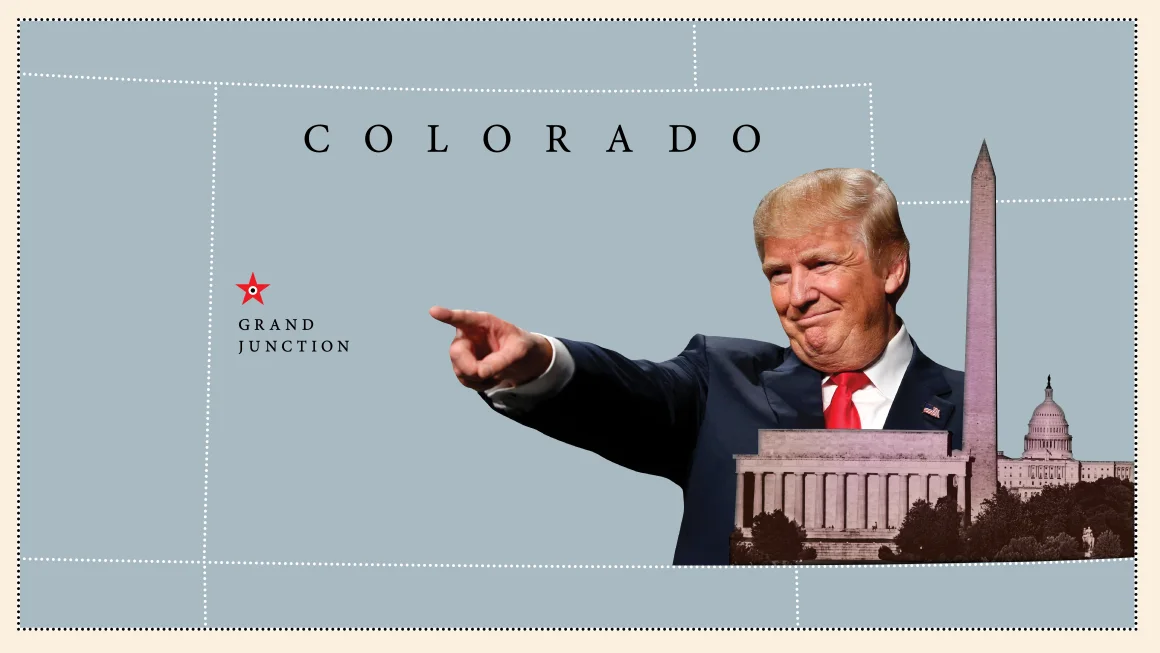
Trump Administration Plans Federal Agency Consolidation, Addresses BLM Plaza Concerns
November 29, 2024
4 minutes read
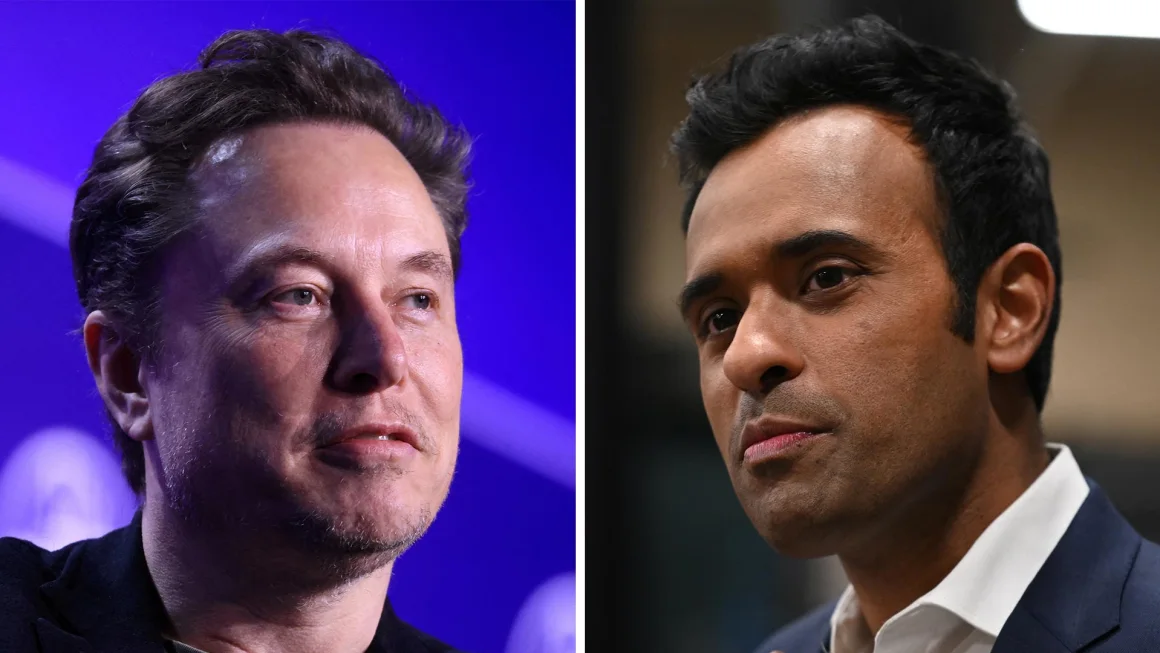
Musk, Ramaswamy Weigh in on Federal Regulations Amid Dogecoin Market Volatility
November 28, 2024
2 minutes read

Trump Administration Accelerates Transition, Announces Swift Cabinet Picks
November 27, 2024
2 minutes read
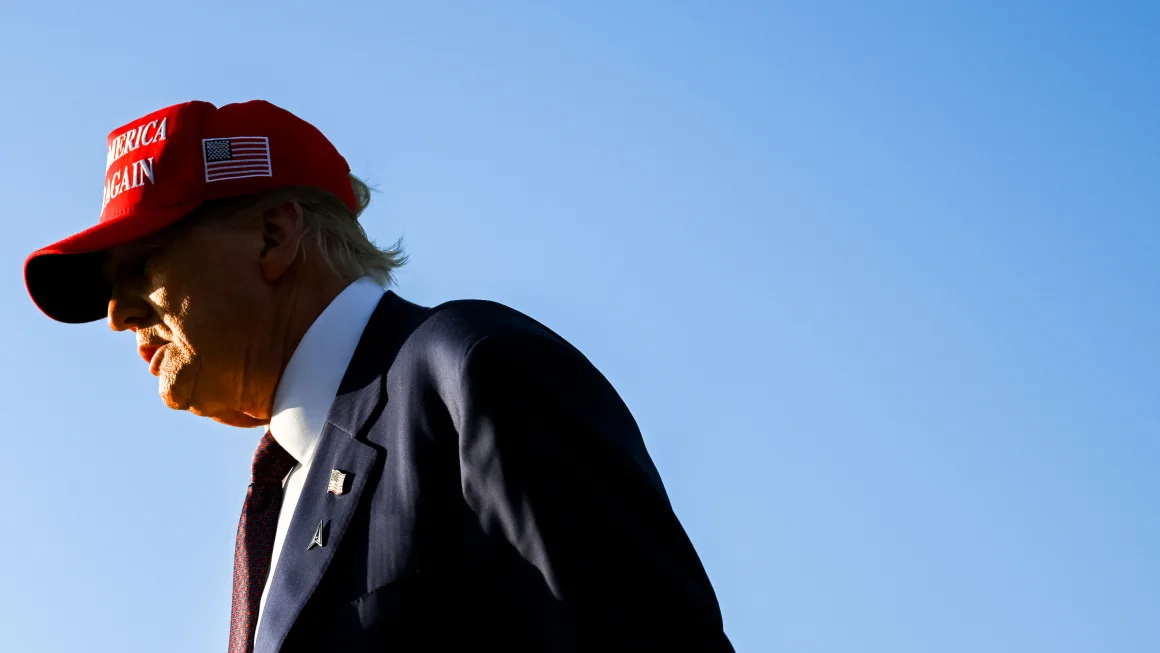
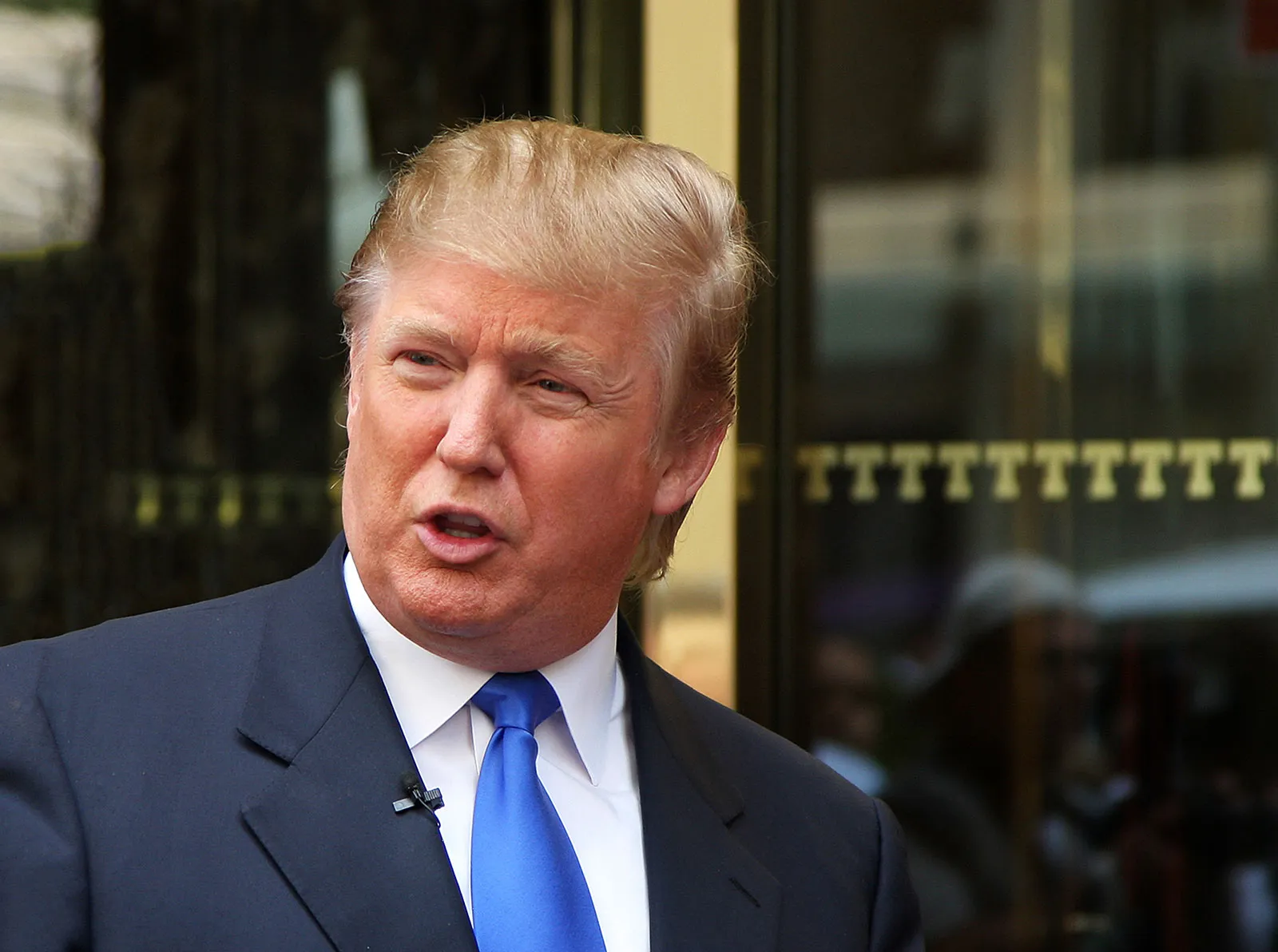
Trump’s Picks of Tulsi Gabbard and Pete Hegseth Reflect Bold but Controversial Cabinet Strategy
November 25, 2024
4 minutes read

Trump Eyes Contentious Nominees Hegseth, Gabbard, and RFK Jr. for Key Positions
November 24, 2024
3 minutes read
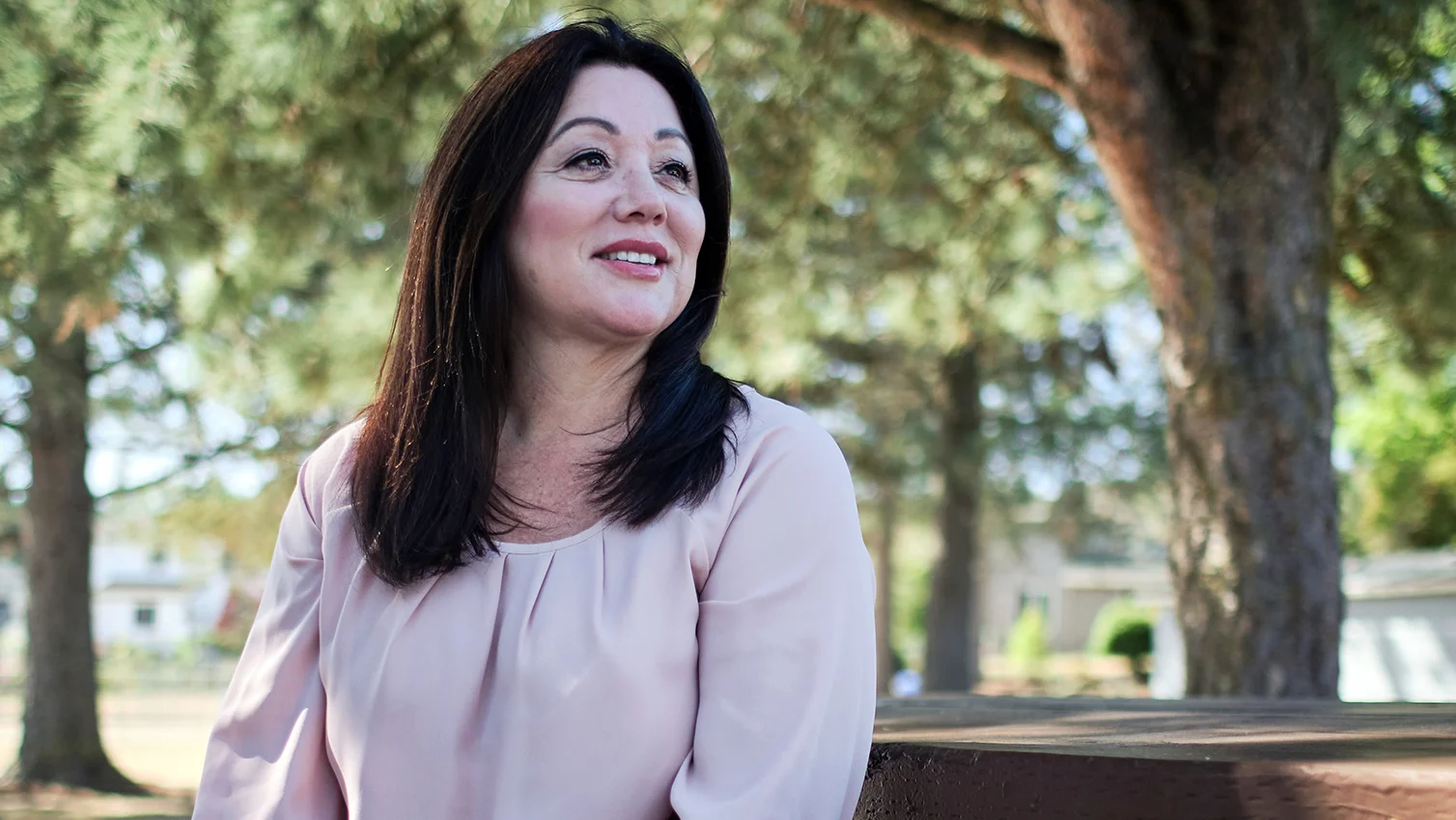
Lori Chavez-DeRemer Considered for Labor Secretary Role in Potential Trump Administration
November 23, 2024
2 minutes read

Trump’s Potential Plan to Restructure FBI Raises Concerns Among Experts
November 22, 2024
3 minutes read

Pete Hegseth Denies Allegations in Police Report Amid Speculation About Defense Secretary Role in Trump Administration
November 21, 2024
2 minutes read
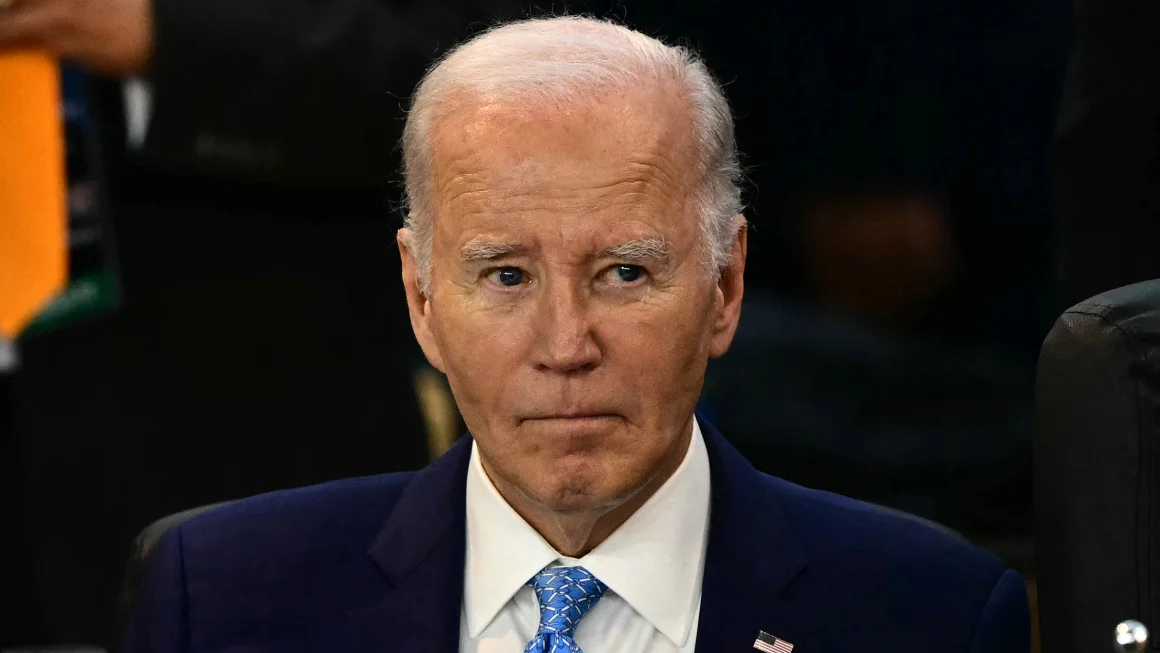
Biden Administration Faces Scrutiny Over Anti-Personnel Landmine Policy in Ukraine
November 20, 2024
2 minutes read

Republican Nancy Mace Criticizes Anti-Transgender Bathroom Ban at U.S. Capitol
November 19, 2024
2 minutes read
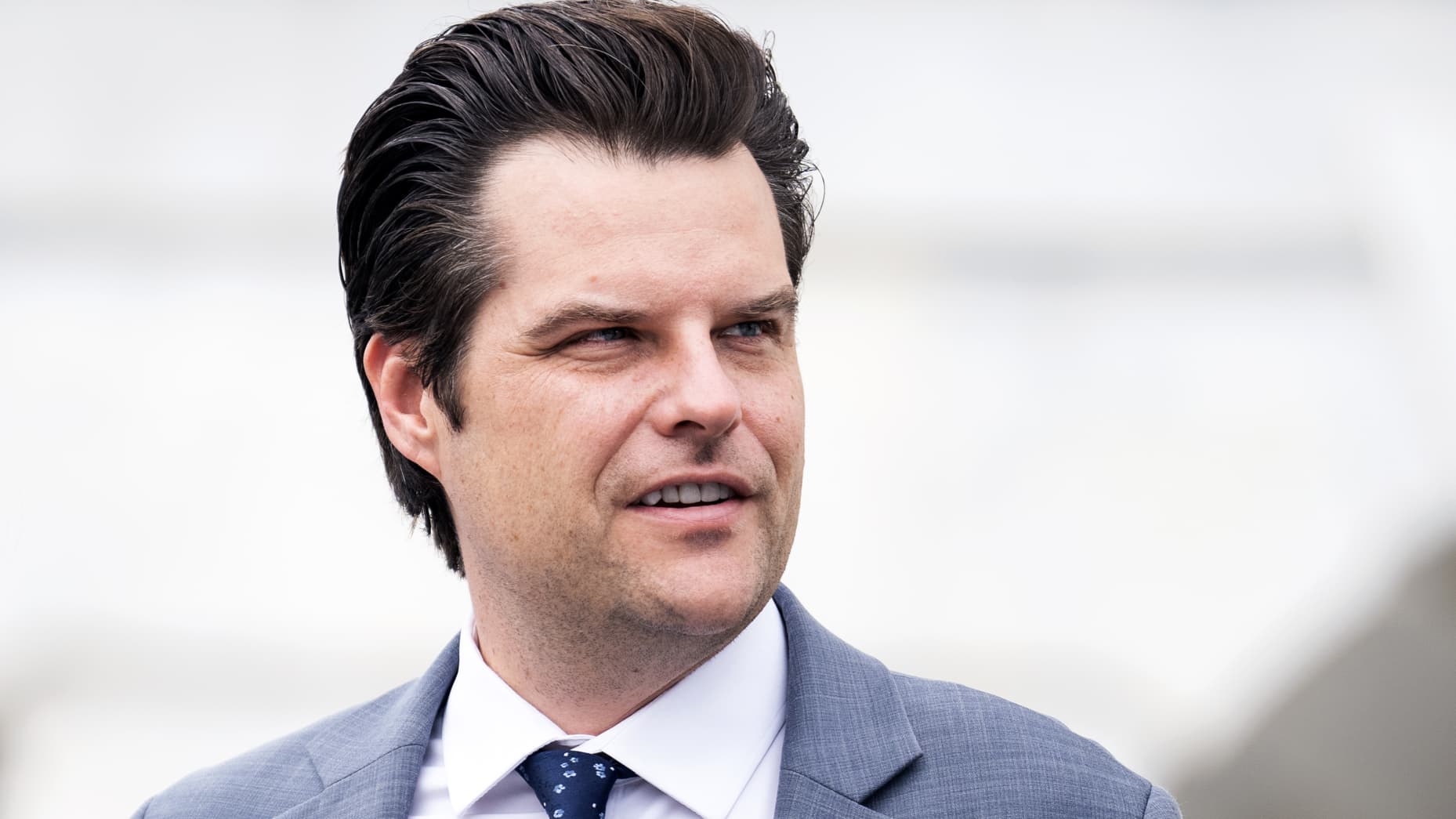
Matt Gaetz Reportedly in Contention for Attorney General Role Amid Political Tensions
November 18, 2024
2 minutes read
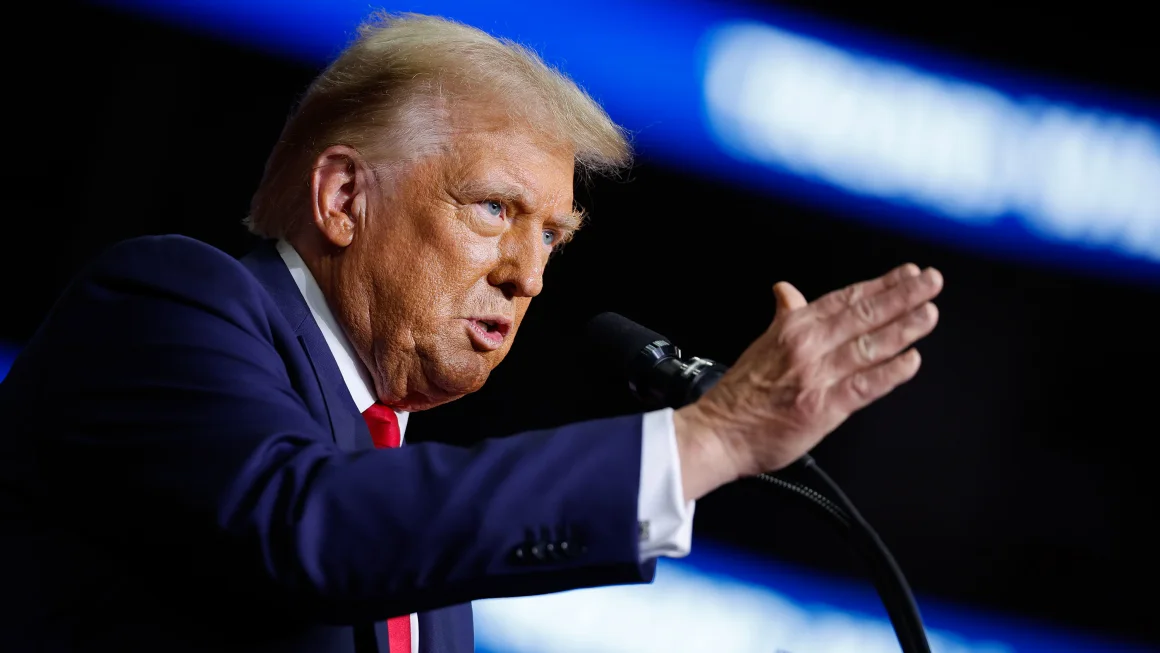
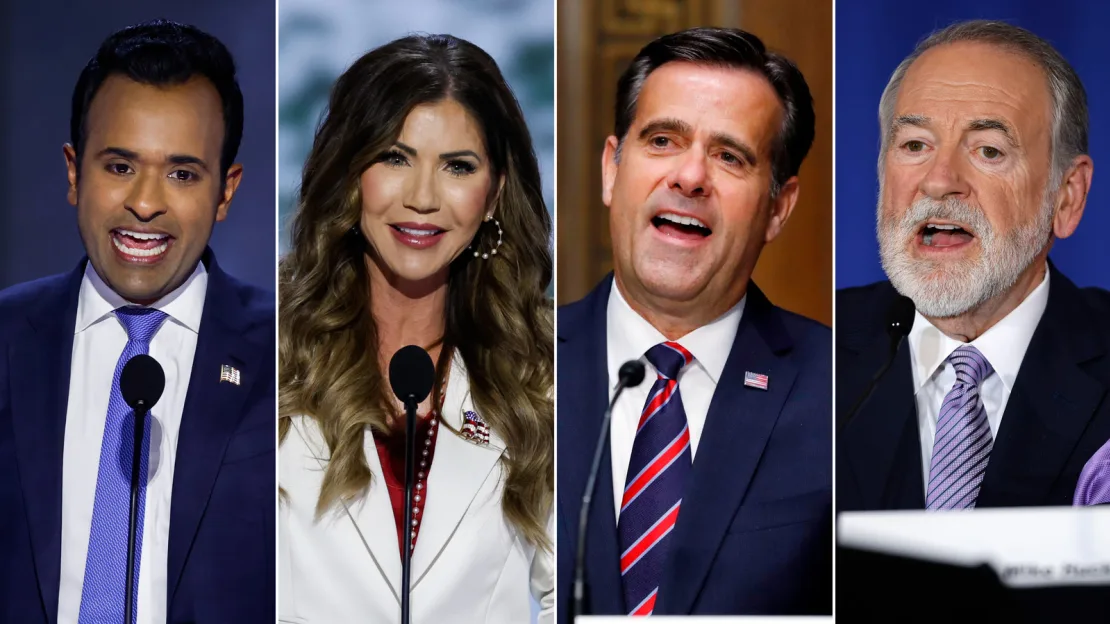
Trump Rolls Out Controversial New Cabinet Picks for Second White House Term
November 14, 2024
4 minutes read
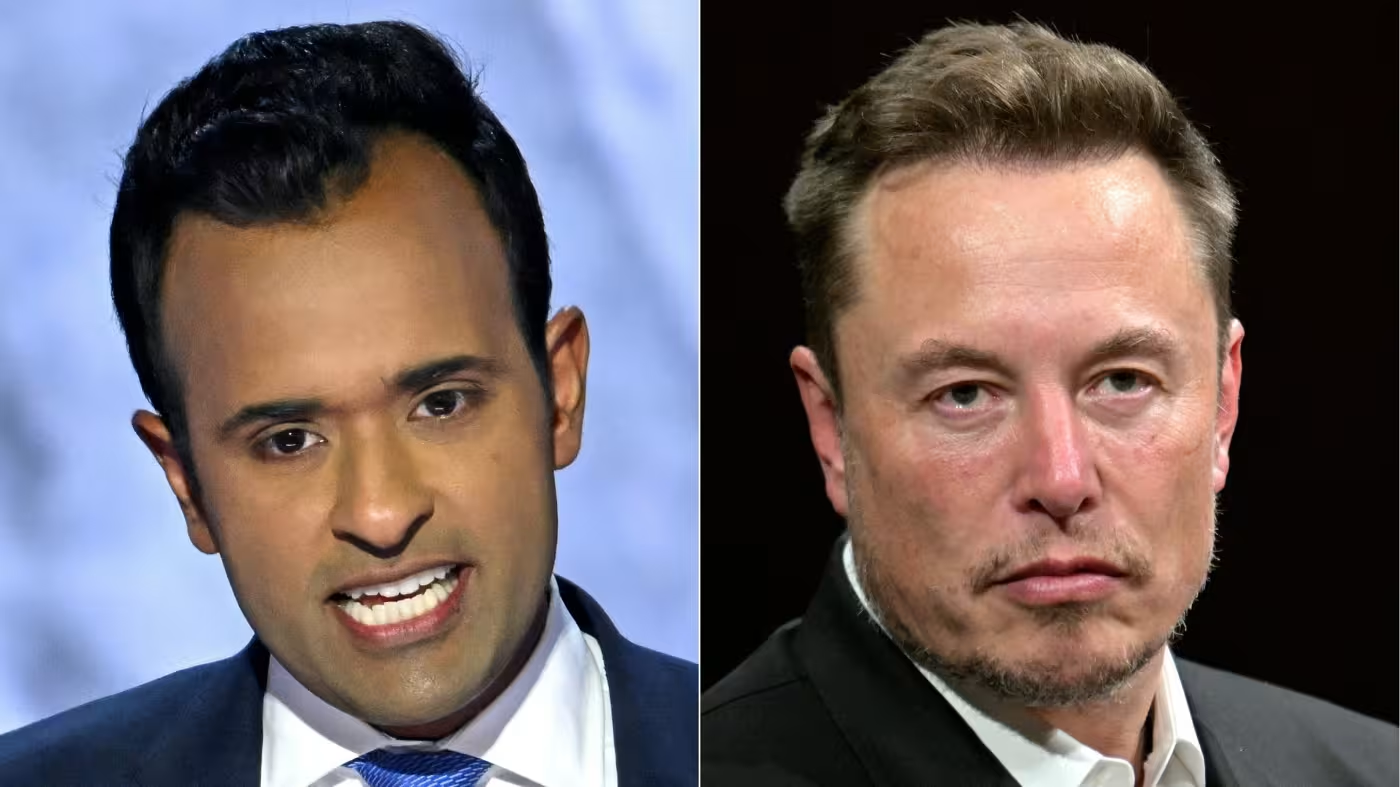
Elon Musk and Vivek Ramaswamy to Lead Trump’s New ‘Department of Government Efficiency’
November 13, 2024
2 minutes read
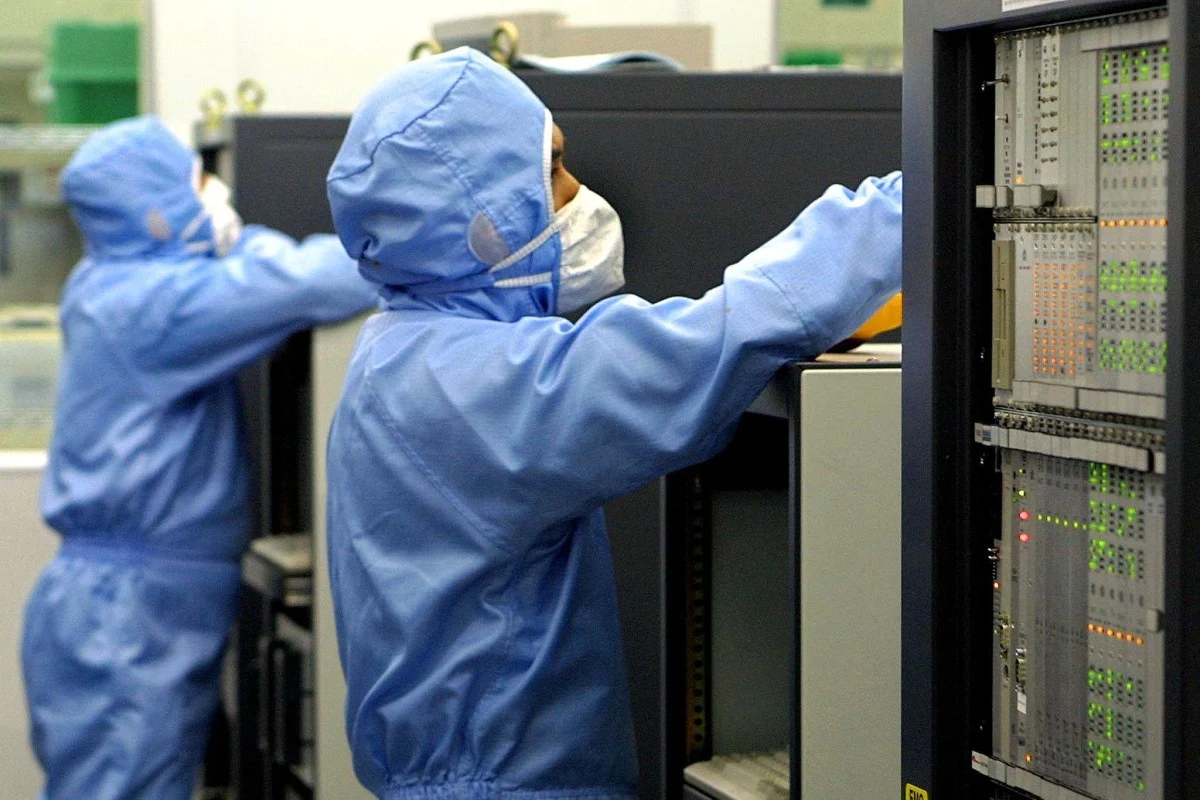
Malaysia’s PM Anwar Ibrahim Says New US Tariffs Could Impact Key Microchip Exports, Despite BRICS Ties
November 13, 2024
2 minutes read
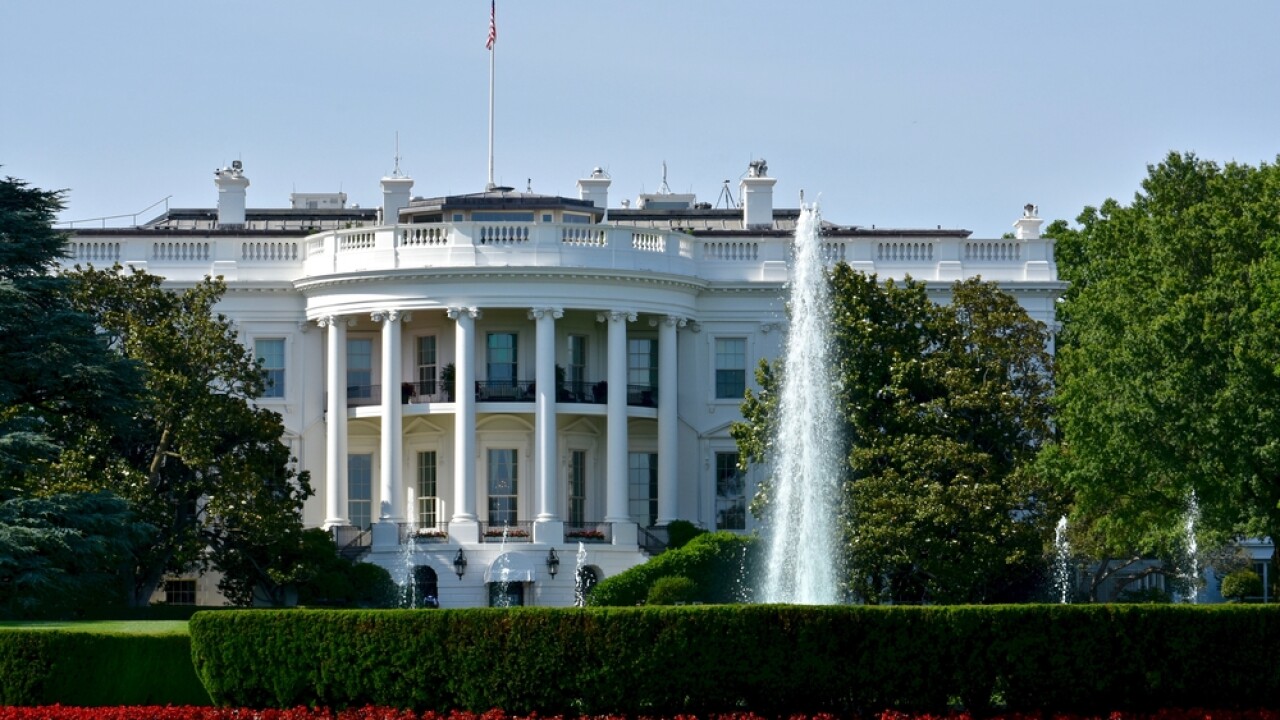
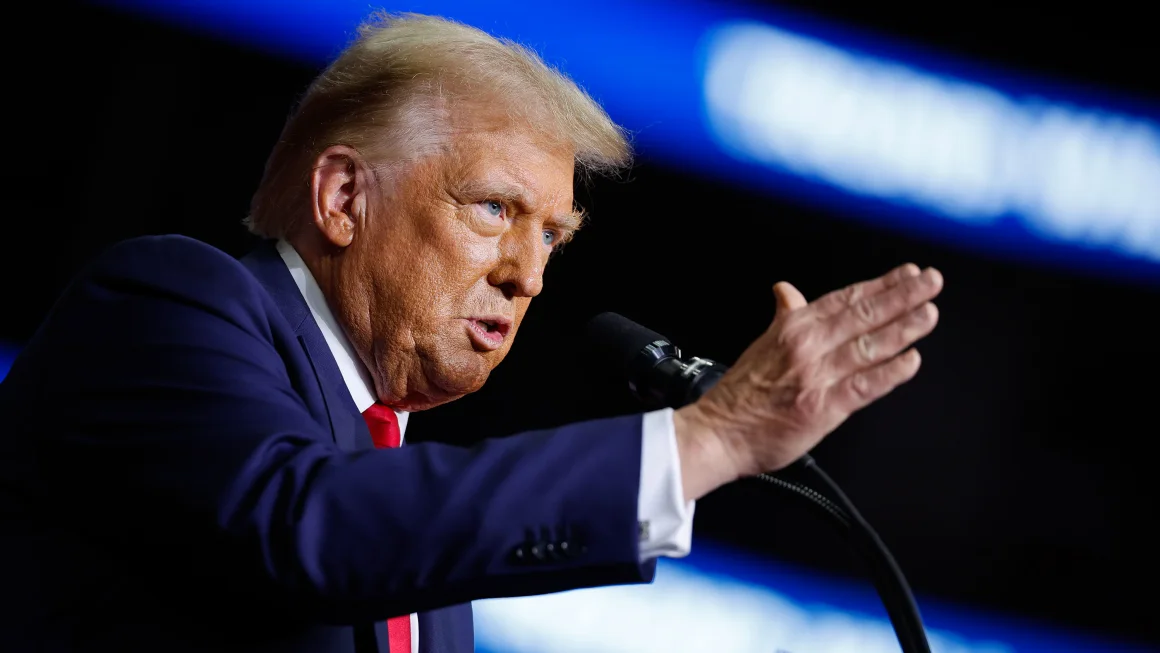

Trump Selects South Dakota Governor Kristi Noem as Homeland Security Secretary
November 12, 2024
1 minutes read
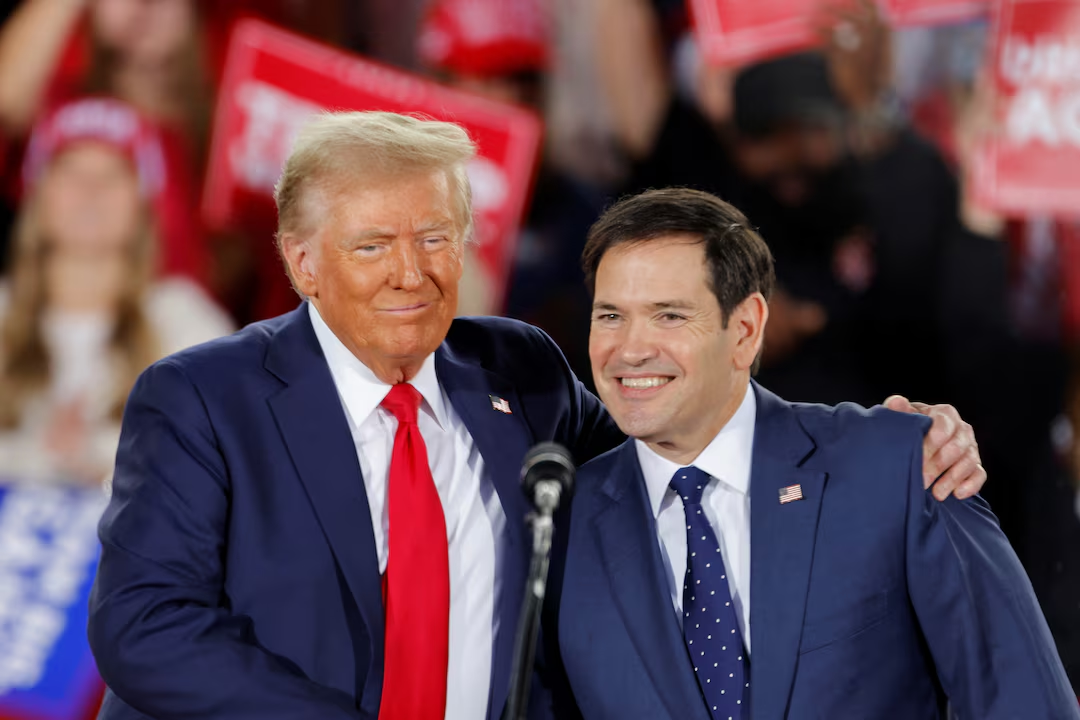
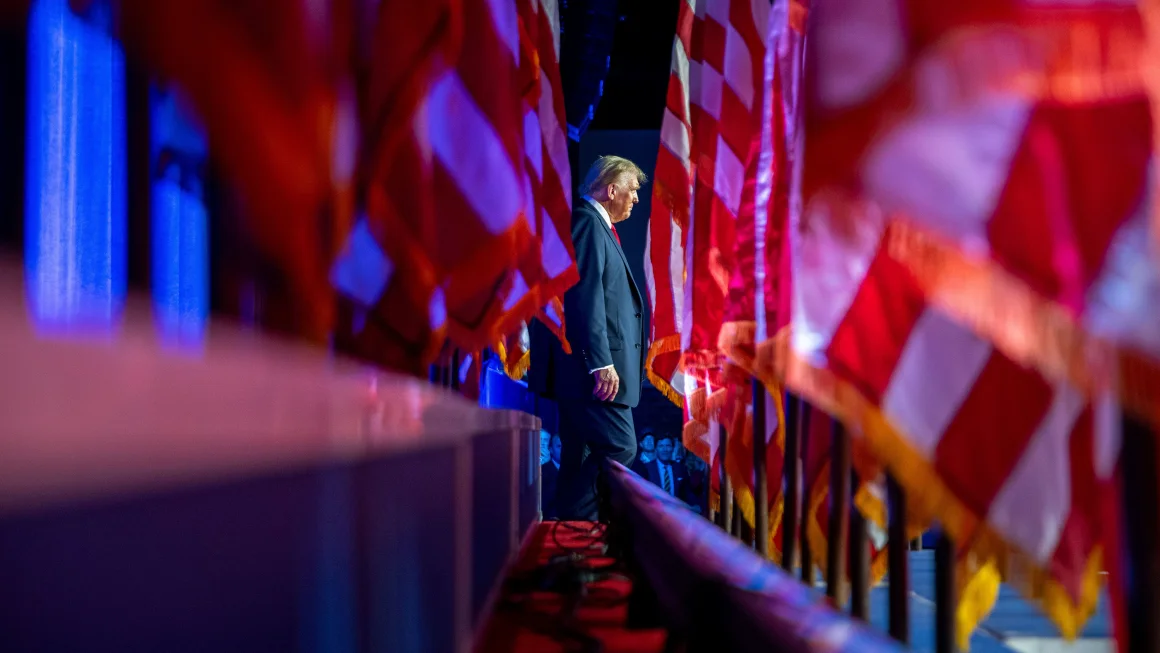
White House Rushes to Allocate Key Legislation Funds Before Trump Takes Office
November 11, 2024
3 minutes read
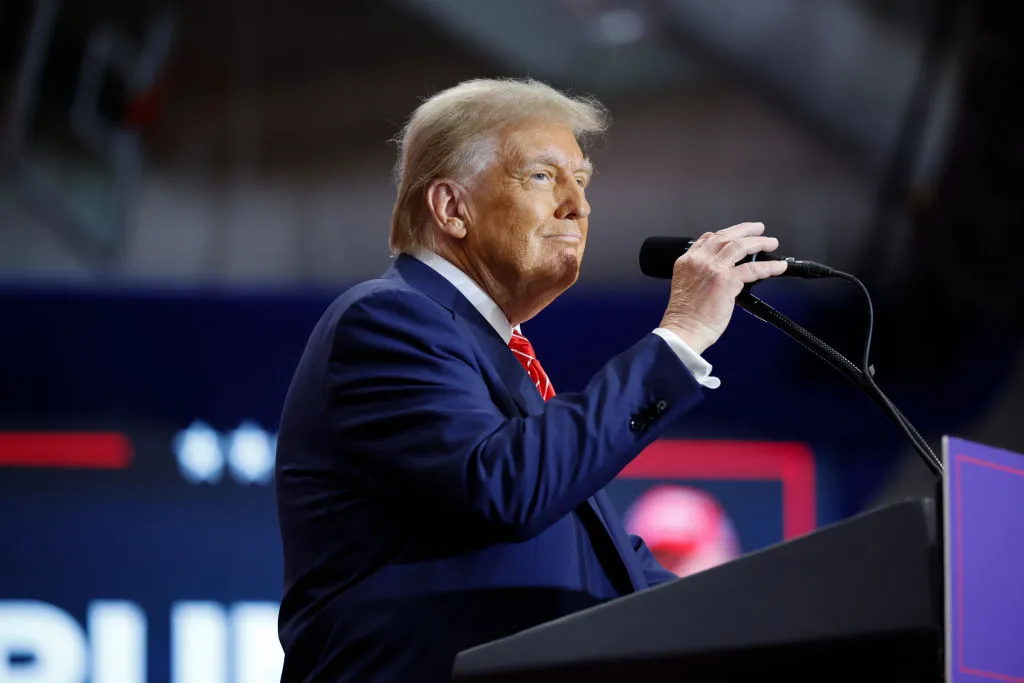
Trump Set to Receive Classified Briefings Again Despite Previous Charges
November 11, 2024
3 minutes read